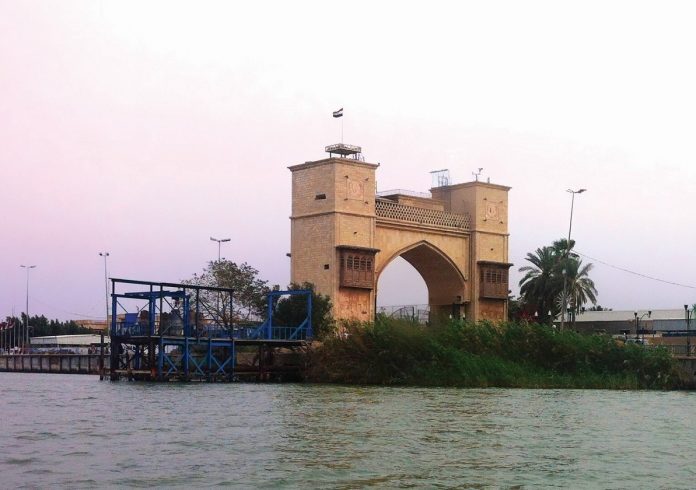The Water, Peace and Security (WPS) partnership launched a tool in December that is said to predict the risk of violent conflicts up to 12 months ahead of time. It includes water risk indicators as important drivers of such conflict.
The tool uses machine learning, plus environmental, meteorological, social and economic data, to forecast where organised violence is likely to occur. The idea is to enable global development, diplomacy, disaster response and defence experts, as well as governments and local stakeholders, to step in to defuse potential conflicts.
The WPS Global Early Warning Tool predicts the risk of conflict across Africa, the Middle East, and South and Southeast Asia by analysing patterns between violent conflict and more than 80 environmental, economic and social variables going back 20 years. It then compares these with existing conditions to identify potential hotspots. Global capability will become available soon. Early trials suggest an 86% success rate in identifying conflict situations where organised violence leads to more than 10 fatalities. It is said to be unique in separating emerging from ongoing conflicts, and its water risk indicators are said to be significant predictors of emerging conflict.
Early findings include Basra, Iraq, where water is a factor in increasing tensions, and Khorramshahr and Abadan, in Iran, where water shortages helped trigger violent protests that are predicted to intensify in the region. In Mali, farmers and herders are embroiled in violence over scarce water and land resources, and in Pakistan and India, farmer protests over scarce irrigation water are common. Nigeria has similar conflicts between farmer and pastoralist groups over water and land resources.









